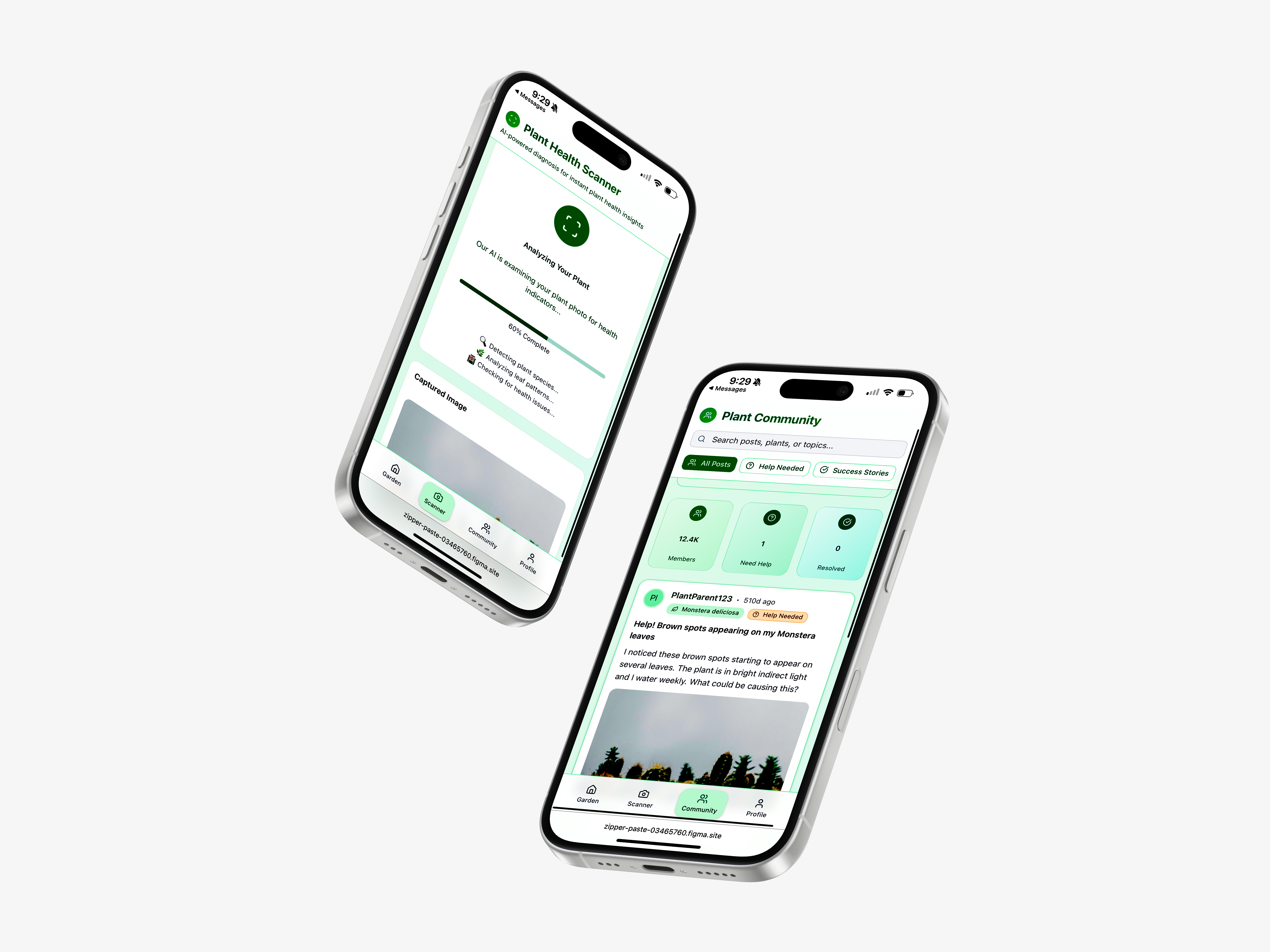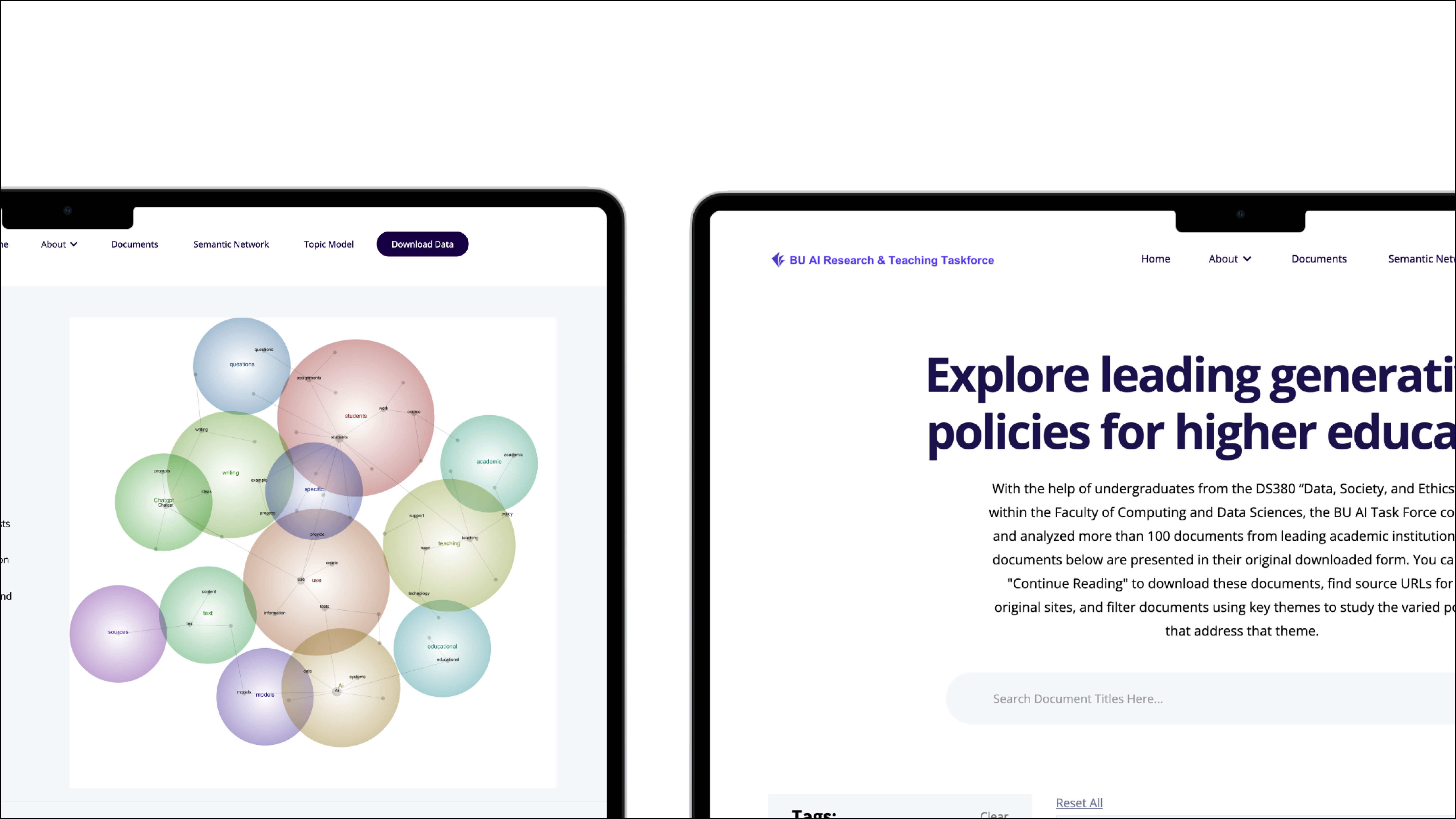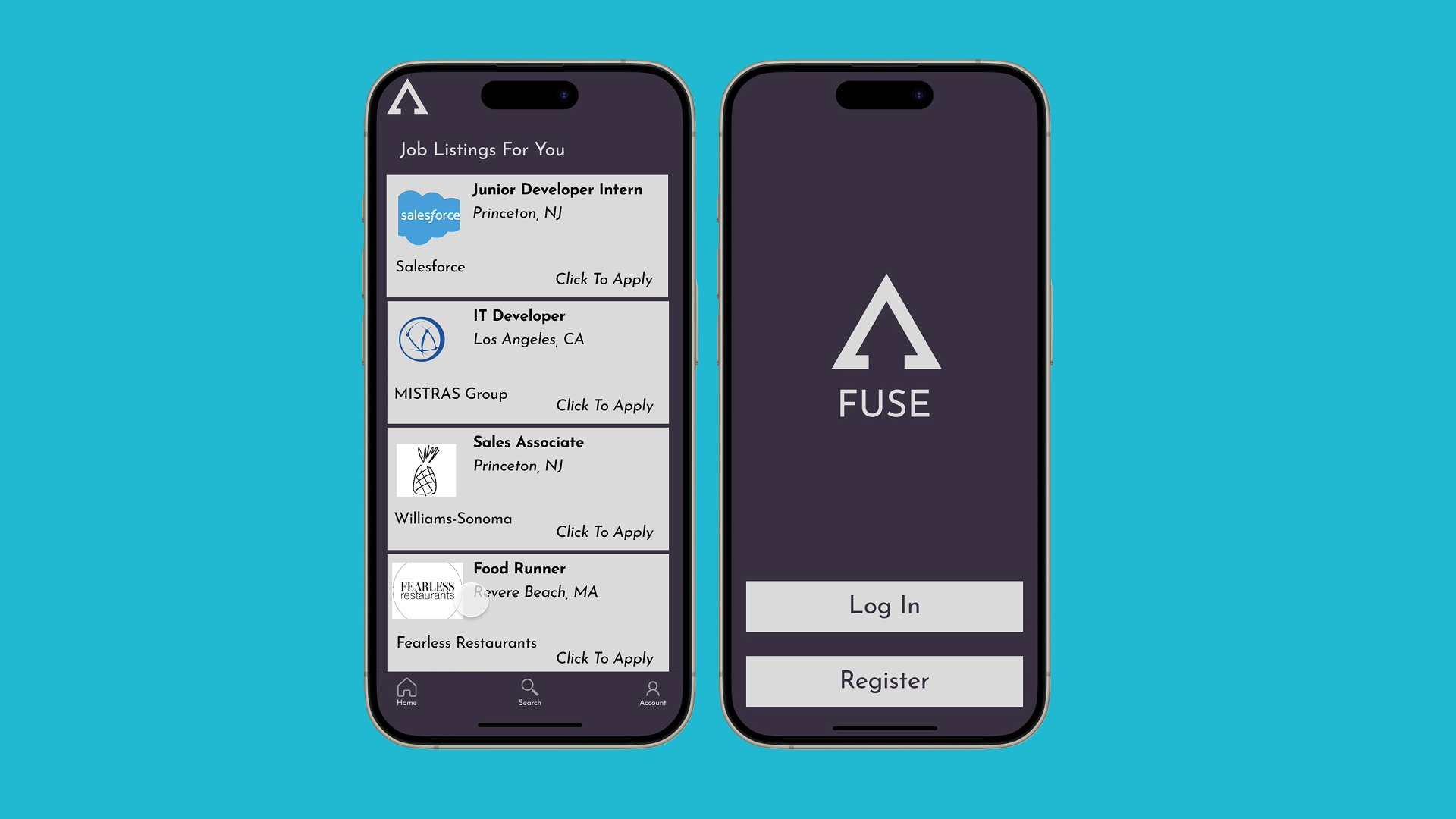Designing a conversational AI interviewing interface.

role
Design Strategist, UX Researcher, UI/UX
team
Heather Davies
Ben Gardiner
Lucas Yoon
Vincent Li
Ruby Chen
Abdel Lokma
tools
Figma
React
Adobe Illustrator
Adobe Photoshop
skills
AI Integration
UI/UX Design
Product Design
Web Development
User Research
As hiring becomes increasingly fast-paced and competitive—especially for small to mid-sized companies—traditional recruiting methods are struggling to keep up. Overwhelmed teams often lack the resources to thoroughly screen every candidate, leading to rushed decisions and missed opportunities. At the same time, candidates are seeking more personalized, transparent, and engaging ways to showcase their skills beyond a résumé.
I wanted to explore how conversational AI could reduce friction in early-stage interviews—making the process more efficient for employers while ensuring candidates feel seen, heard, and fairly evaluated.
Recruiter responses revealed burnout, inefficiency, and limited visibility beyond résumés. The need for better pre-screening tools that balance fairness with a personal touch became clear. These insights informed the design approach, focusing on reducing recruiter workload while preserving a human-centered interview experience.
"I need a faster way to identify strong candidates without sacrificing quality or candidate experience."
With only a product mission to guide us, I knew it was essential to first understand our users and their pain points before moving into design. Since our team came from diverse technical and business backgrounds—many unfamiliar with the role of design—I saw an opportunity to establish design not just as a visual layer, but as a strategic problem-solving tool.
The first stage of design thinking—empathy—was crucial in shaping the foundation of Talentora. To truly understand the problem, I conducted interviews with both small business employers and active job seekers to uncover the frustrations, habits, and emotional undercurrents driving their hiring experiences, as well as explored competitors in the market.
From this research, we developed personas like Bina, an HR manager at a growing tech startup who’s juggling multiple roles. Bina is efficient, analytical, and empathetic—but overwhelmed by repetitive screening tasks and wary of AI tools that feel impersonal or opaque. She wants a solution that helps her hire smarter and faster, while maintaining fairness and a human touch.

primary research
The questions I asked included:
- • How do you currently manage and organize incoming job applications?
- • What’s the most time-consuming part of your hiring process?
- • How do you typically conduct first-round interviews, and what challenges arise?
- • Have you used video interviews or AI tools before? What was your experience like?
- •How do you evaluate soft skills, communication style, or culture fit in early stages?
- • What frustrates you the most when screening large volumes of candidates?
empathy map
An empathy map is a collaborative tool teams can use to gain a deeper insight into their customers, organized by consumer thinking/feeling, what they’re experiencing and pain points. The empathy map shows that recruiters and hiring managers feel overwhelmed by high applicant volumes and time-consuming screening, yet are wary of impersonal or biased AI tools. They seek deeper insights into candidates beyond résumés while facing pressure to hire quickly and maintain a strong employer brand. Their pains include inefficiency, burnout, and fear of bad hires, while their goals center on saving time, improving candidate fit, and ensuring a fair, human-centered hiring experience—highlighting the value of solutions like Talentora.

secondary research
Through bucketing and affinity mapping the insights, I formulated areas of the app that could use designing.

The next stage, in which I started making design decisions and visualizing a solution based on what I learned from my research during the Discovery stage.
Reframing the results from the research phase as “How might we..”(HMW) questions, to turn those into potential problem statements.
- • How might we help recruiters efficiently manage large volumes of applications without sacrificing quality?
- • How might we help recruiters quickly spot top talent to avoid missing strong candidates?
- • How might we help recruiters trust AI insights by ensuring transparency and explainability in candidate evaluations?
- • How might we ensure the hiring process remains personal and human-centered, even when using AI tools?
An impact-effort matrix helped me to identify the areas that had the highest impact while requiring lower development effort. I valued higher impact as opposed to lower effort for this redesign. I realized that there was an opportunity to integrate these experiences to both increase the ability for users to find relevant groceries and introduce them to new community-driven items throughout their purchasing process.

user flow
This user flow diagram outlines the core experience of a conversational AI hiring platform for both candidates and recruiters. On the candidate side, users begin by selecting their role, then proceed through login or sign-up, followed by a guided setup process that includes mic configuration, chatbot preference selection, practice questions, and a permission page to prepare for AI-led interviews. On the recruiter side, users similarly begin by selecting their role and logging in or signing up, followed by onboarding into a central dashboard. From there, recruiters can post jobs, set up interviews, access a bot library, and review applicants using AI-powered tools. These tools provide emotion and sentiment analysis, technical qualification summaries, and evaluations of candidate goals and values. Together, these flows create an end-to-end system that streamlines recruitment through intelligent automation, allowing recruiters to make informed decisions while offering candidates a supportive, interactive experience.


As we moved toward launching the MVP for the conversational AI hiring platform, I focused our design strategy on acquiring and retaining recruiters—our primary users and the key to driving adoption. Starting from the marketing site, I crafted a streamlined onboarding flow that made it easy for recruiters to understand the platform’s value and get started quickly. I imagined a user like Sam—a busy founder or hiring manager at a growing startup—who needs to evaluate candidates efficiently but doesn’t have time for a traditional hiring process. Sam can sign up, create a job posting, and instantly access a library of customizable interview bots. Within minutes, she can start reviewing applicants with AI-generated insights—from sentiment analysis to qualification summaries—without having to manually screen each résumé. This personalized and efficient experience helps recruiters like Sam make smarter decisions, faster, while preserving the nuance of real human conversations.

Talentora is redefining hiring for small and medium-sized businesses. With a focus on efficiency, empathy, and intelligence, the platform helps teams hire smarter—without the high costs or time demands of traditional recruiting. Whether you're an overextended founder, a lean HR manager, or a job seeker looking for a modern interview experience, Talentora offers a powerful solution for building your dream team.

In addition, I wanted to extend the brand to all parts of Talentora, including the team itself. As we were working completely virtually, it was hard to build a team culture of connection and engagement. I uploaded our new logo as a Slack emoji to socialize the new brand with the team and build excitement.


Logo Construction

Minimum spacing guidelines

Logo iterations and variations for light and dark mode

Talentora color palette
After establishing our rebrand, I applied it to a couple of designs from our onboarding journey.


Building a product like Talentora meant navigating a constantly evolving space—where AI is both promising and polarizing. I learned to embrace ambiguity, iterate quickly, and stay grounded in user needs even as the technology shifted beneath us.
I also learned the importance of building trust with users. As we launched the platform, I was transparent about the limitations of AI and how it could be used to support human judgment. This approach helped us build a community of users who felt comfortable using the platform and trusted the results.
Finally, I learned the importance of staying grounded in user needs. As we launched the platform, I was transparent about the limitations of AI and how it could be used to support human judgment. This approach helped us build a community of users who felt comfortable using the platform and trusted the results.







